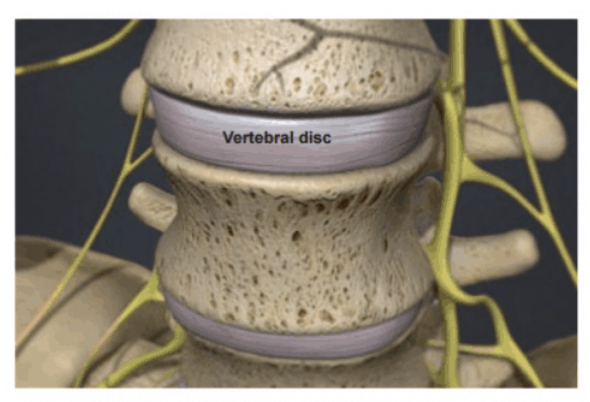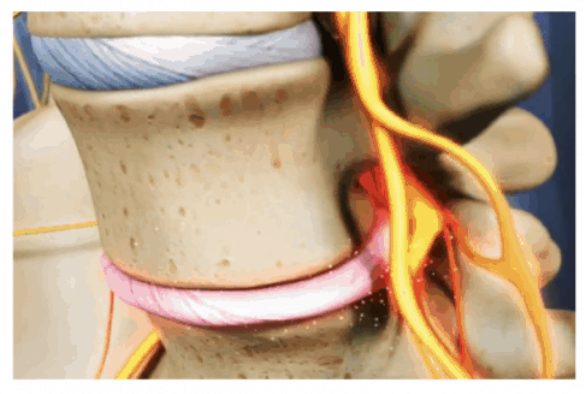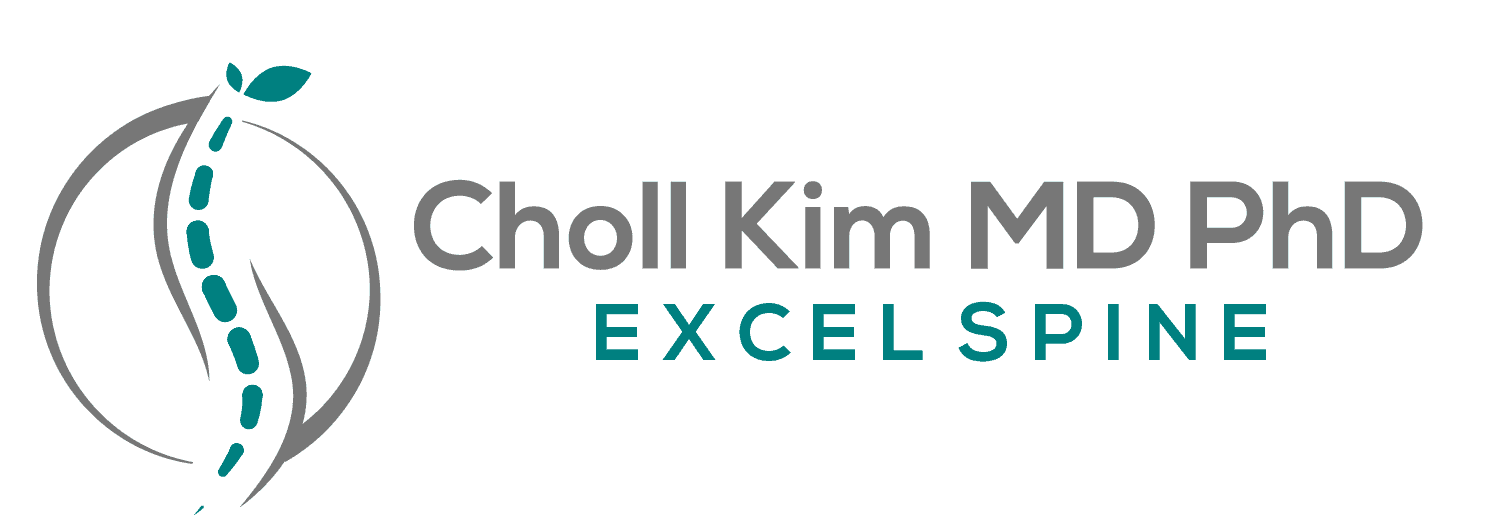Overview
The spine is made up of individual bones called vertebrae, which are separated by rubbery cushions called discs. They are stacked atop one another from the pelvis to the base of the skull, linked together via facet joints which give them the flexibility to move against each other. The discs act as shock absorbers to minimize the impact of movement. A disc is like a jelly donut, with a soft center called the nucleus pulposus, encased within a tough exterior called the annulus fibrosus. The annulus is like an onion, made up of several layers, which contain the nucleus and distribute pressure evenly across the disc.
Degenerative Disc Disease (DDD)
Degenerative disc disease is a common condition that refers to the natural loss of cushioning and weakening of the intervertebral discs in the spine often due to aging or wear and tear. Over time, the discs can lose flexibility, elasticity, and height. When this happens, they lose their shock-absorbing characteristics, which can lead to abnormal motion or misalignment of the spine. The vertebrae above and below this damaged disc can also slide closer together, causing the facet joints, the areas where the vertebral bones touch, to twist into an unnatural position.



Causes
Disc degeneration is a natural occurrence but can be accelerated by smoking, occupational factors, bad posture, or lack of exercise.
Symptoms
Symptoms of DDD include pain in the back and legs which worsens during activities involving bending, twisting, stooping or prolonged sitting.

